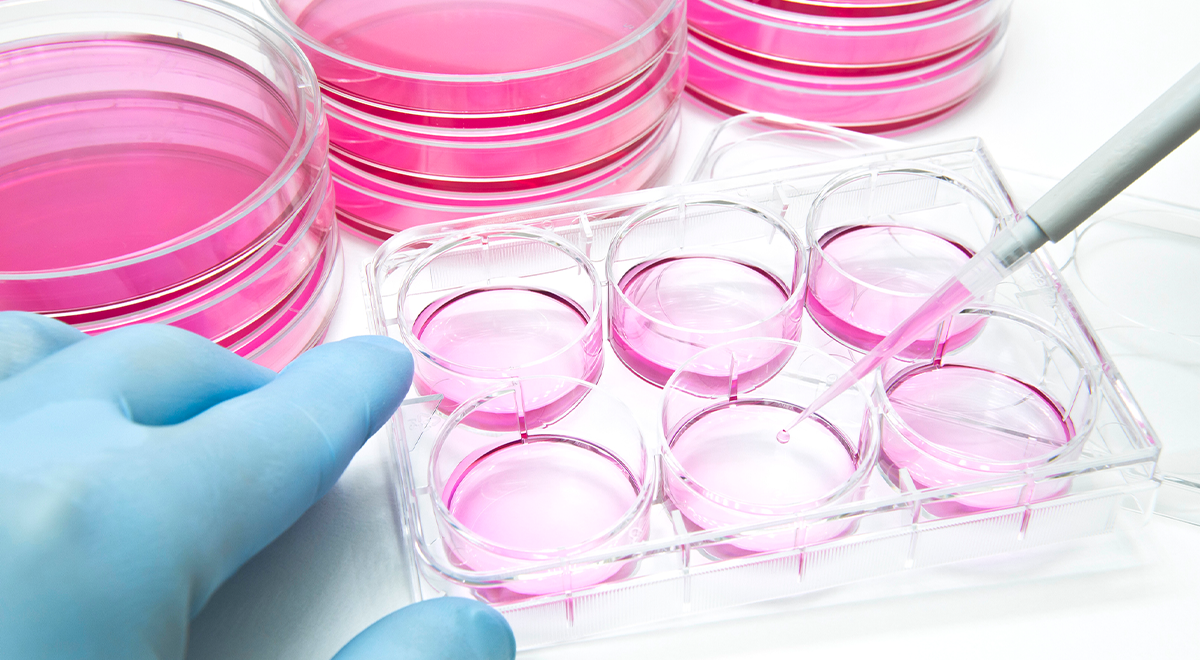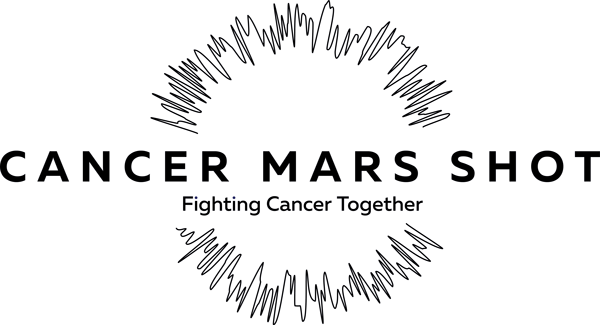Cell Lines Versus Primary Cells as In Vitro Disease Models – An Overview

For decades, research labs around the world have been using cancer cell lines as the in vitro disease model of choice. And while biomedical and biopharma research have accomplished impressive achievements and provided a plethora of new insights into disease mechanisms and innovative treatments, they also outlined the persistent challenges and limitations translational research is facing. The use of inadequate disease models and cell line misidentification emerge as a leading cause in biased results generation, further complicating the risky, costly, and time-consuming nature of drug making.
As the biomedical field is getting ready to step into the next era, focusing on delivering faster and more affordable personalized treatments, the use of immortalized cell lines is being largely reconsidered. Comparing the nature of cell lines versus primary cells as in vitro disease models clearly outlines the limitations of the former and guides the way towards the new practices for in vitro lab work that will support reproducible research that can be quickly and securely translated into bedside solutions.
Cell lines versus primary cells - biology is the fundamental difference
Immortalized cell lines and patient-derived primary cells differ strongly on multiple levels, which later resonate in the results generated from their manipulation. The genetic nature of the two models is at the core of these differences.
Evaluating and understanding genetic diversity is the key to personalized medicine. But while cells isolated from patients or healthy donors preserve the genetic and molecular background of the individuals and thus become an accurate representation of the disease condition, the high genetic variability of cell lines is a result of mutation accumulation due to their immortalization and countless passages. However, this kind of variability is not relevant for the purposes of personalized medicine and, on the contrary, leads to biased results generation and irreproducibility because it alters the cells' physiology, and the results they generate. In this case, the mutations expanding from the unlimited in vitro cultivation are not a driver but a major limitation for precision medicine development.
In the case of primary cells, the accumulation of genetic mutations is limited due to the reduced life span of these cultures. Because they are not immortalized, primary cells can be subcultured and maintained for a certain period of time. It is within this defined window of time that scientists can be certain that what they have in their hands correctly mimics the patient's physiology.
We must not forget that the process of immortalizing cancer cell lines has allowed the expansion of in vitro lab techniques. But today, it is important to understand that the accompanying issues of misidentification and mishandling of such cell cultures are recognized as one of the main reasons for the extremely high number of irreproducibility in biomedical research 1,2.
Origins, data, and misidentification
Another critical difference between the two models is their origin. While patient-derived primary cells have a well-known and documented origin, this is far not the case for immortalized cell lines. In many situations the sad reality involves vials of unknown passage transferred between labs and researchers.
Indeed, the degree of cell line misidentification is one of the most significant issues in modern biomedical research. Although scientists began alarming this issue in the 1950s, it was in 1966 that cell line misidentification was demonstrated for the first time. Sadly, the topic was met with denial and mistrust, so between the 1980s and early 2000s the issue expanded even further 3. Until 2007, when the American Type Culture Collection (ATCC) formed a working group focusing on establishing good practices for cell line authentication. This time the initiative was supported by many top journals that began asking for cell line authentication before publication. In a 2010 paper 3, the ATCC Standards Development Organization Workgroup stated that “the scientific community has failed to tackle” the issue of mislabeled and misidentified cell cultures showing that further efforts will be needed to overcome the consequences of this crisis.
The issue of misidentification with primary cells is not on the same scale, some studies report alarming findings regarding the lack of ethnic data availability 4,5.
Although patient data is usually available in the case of primary cells, there is still room for improvement. Demographic, ethnic, genetic, and lifestyle data are vital for understanding the diversity among patients and moving personalized medicine to the next level.
The importance of ethnic data is becoming an alarming issue in the field, with 24.56% of biobanked biospecimens lacking ethnic data and 46.1% of the National Cancer Institute’s (NCI) Patient-Derived Models Repository (PDMR) cancer cell lines being without information about their ethnic origins 4. Several studies are starting to point out issues related to the lack of such data for drugs and therapies efficiency among different ethnic groups.
With increasing evidence showing that the expression of biomarkers and cancer driver mutations have different geographical incidences, it is crucial to consider this aspect when designing a biospecimen collection for your study.

Challenges associated with primary cells manipulation
Working with patient-derived biosamples comes with complex legal and ethical requirements and regulations, making their use even more challenging compared to cancer cell lines 6.
Another difficulty when working with primary cells is their delicate maintenance and manipulation in culture. Non-immortalized cells are more challenging to maintain in vitro and often require particular protocols and reagents. However, despite their limited life span, ethical and culturing challenges, patient-derived primary cells remain the more truthful in vitro model for understanding disease mechanisms and testing novel drugs.
While limitations also persist when working with primary cells, the scientific community appears to be addressing them much faster. A good example is the emerging use of 3D and organoid cultures 7. Such models answer a particular limitation associated with primary tumor cells: a cell culture issued from a specific tumor location might not be entirely representative of the whole tumor's mutational burden due to the high cancer heterogeneity. An alternative to this is the use of 3D cultures and tumor organoids, innovative models representing better the multidimensional state of our organisms.
The future - standardization and extensive data collection
While the use of patient-derived in vitro disease models is clearly taking over immortalized cell lines, the associated ethical and technical challenges are still problematic sources for many researchers.
Protecting patients' data, preserving the integrity of these unique samples, and ensuring their correct use require rigorous standardization processes. Today, many institutions and working groups are raising awareness of the importance of maintaining uniform conditions during collection and handling steps. Establishing standards on how biospecimens are collected and handled between biorepositories is crucial to limit pre-analytical variability as much as possible.
Another point gaining attention among scientists and regulatory bodies is ethnic diversity and the availability of ethnic data in biospecimen collections. Preserving the diversity at this level in all pre-clinical and clinical collections is a crucial step for translational and clinical research success. Collecting as much as possible data on demographics, disease history, and molecular profiling of patients is emerging as a critical component of the biobanking of the future. One of the biggest challenges the field is currently facing is how to collect such comprehensive data and make it available to the scientific community while ensuring that the patient's privacy is unharmed.
At Audubon, we understand the importance of primary cell models for the advancement of biomedical research and personalized medicine. We acknowledge the persisting issues and gaps the field needs to address. As patients remain our number one priority, we are confident that we are evolving within this fast-moving field in the right way and that we will succeed in supporting our research partners and their innovations.
By constantly analyzing the biospecimen procurement requests and steadily expanding our clinical sites network's geographical coverage, we aim to support precision medicine's transition into a standard clinical practice for all patients.
Check our geographical network here or consult our custom biospecimen collection capacities at our dedicated page.
References:
- Beskow, L. M. Lessons from HeLa Cells: The Ethics and Policy of Biospecimens. Annu. Rev. Genomics Hum. Genet. 17, 395–417 (2016).
- Freedman, L. P., Cockburn, I. M. & Simcoe, T. S. The Economics of Reproducibility in Preclinical Research. PLOS Biol. 13, e1002165 (2015).
- American Type Culture Collection Standards Development Organization Workgroup ASN-0002. Cell line misidentification: the beginning of the end. Nat. Rev. Cancer 10, 441–448 (2010).
- Guerrero, S. et al. Analysis of Racial/Ethnic Representation in Select Basic and Applied Cancer Research Studies. Sci. Rep. 8, 13978 (2018).
- Sirugo, G., Williams, S. M. & Tishkoff, S. A. The Missing Diversity in Human Genetic Studies. Cell 177, 26–31 (2019).
- Kapp, M. B. Ethical and legal issues in research involving human subjects: do you want a piece of me? J. Clin. Pathol. 59, 335–339 (2006).
- Kim, M. et al. Patient-derived lung cancer organoids as in vitro cancer models for therapeutic screening. Nat. Commun. 10, 3991 (2019).

